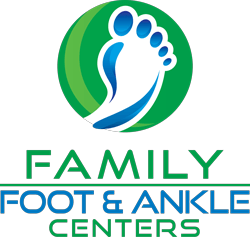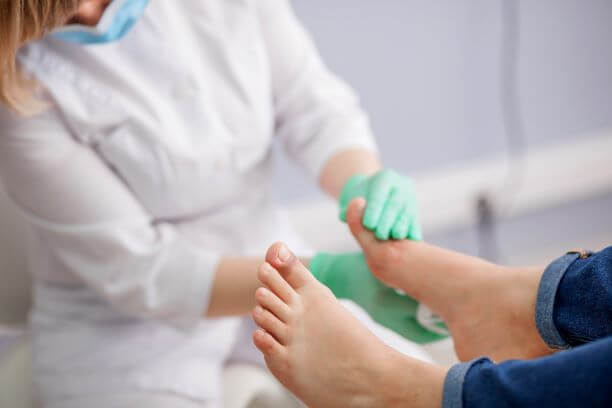Why Does My Big Toe Hurt? The Signs and Symptoms of Bunions
Ouch! Have you been asking yourself the question, “Why does my big toe hurt?” while noticing that the pain doesn’t seem to subside?
If the discomfort continues to grow, it could be that you are experiencing the pain associated with bunion growth. But what is a bunion, how can you spot its development, and what can you do about it? Find out below.
Why Does My Big Toe Hurt? Classic Symptoms of Bunions
The most recognizable symptom of a bunion is the protruding bump that forms at the base of the big toe and sticks out to the side. These can also sometimes form at the base of the littlest toe. When the bump occurs at the base of the little toe, a doctor will diagnose what is referred to as a “tailor’s bunion” or a bunionette.
Other common symptoms of bunions might include:
- Soreness and pain
- Numbness of the area
- A burning sensation, especially after wearing shoes for many hours straight
- Swelling at the joint of the affected toe
- An increase in skin thickness at the base of the toe that’s been affected
- Redness of the affected area
- Hardened skin underneath the foot
- Calluses or corns
- Restricted movement of the affected toe
Though the wearing of narrow or restrictive shoes doesn’t cause the bunion, wearing them for a long time can make the symptoms much worse. High heels, for example, are difficult shoes for bunion-sufferers to wear.
Bunions start out as little lumps, but they get worse and worse over time and cause more pain as they grow. If they get big enough without treatment or relief, a growing bunion can make walking quite difficult.
Complications of Bunions
Though bunions in and of themselves can be a nuisance, their presence can lead to other uncomfortable conditions including:
- Hammertoe problems where the joint of the toe bends abnormally and causes pressure and pain
- Calluses
- Difficulty walking
- Excessive pain
- Decreased mobility in the affected toe
- Bursitis; a swelling of the fluid-filled pads that cushion the tendons and bones
- Metatarsalgia; pain and swelling in the ball of the affected foot
By avoiding shoes that cramp up your feet, you can minimize the chance that any of these extra complications will develop. Having your bunion treated by a professional will be the best move toward easy pain and exacerbated problems.
Treatment Options
Once you have the answer to the question, “Why does my big toe hurt?”, it’s time to treat the cause. There are two main options available for treating bunions. One is medication and the other is surgery.
Medication is prescribed to relieve the pain and swelling. Many of these, such as Ibuprofen, can be purchased over-the-counter. You can also receive cortisone injections to relieve swelling near the bones.
The other treatment option is surgery to correct the bunion before it gets worse. A trusted and experienced doctor can teach you more about your options and give you a clear idea of what to expect should you opt for bunion surgery.
Schedule a Consultation Today
Don’t ask yourself, “Why does my big toe hurt?” for one more day!
Instead, give us a call right away and schedule a consultation to have your bunion looked at by our expert team. You don’t have to live with bunion pain, you can find relief and you can get it soon!
We’re here to help!
The information provided in this article is not meant to be medical advice and is for educational purposes only. If you would like to learn more about topics related to podiatry, feel free to contact Family Foot & Ankle Centers by clicking here or calling 972-597-4132 to reach our Waxahachie office, 903-872-9910 to reach our Corsicana office, or 972-875-3668 to reach our Ennis office.



